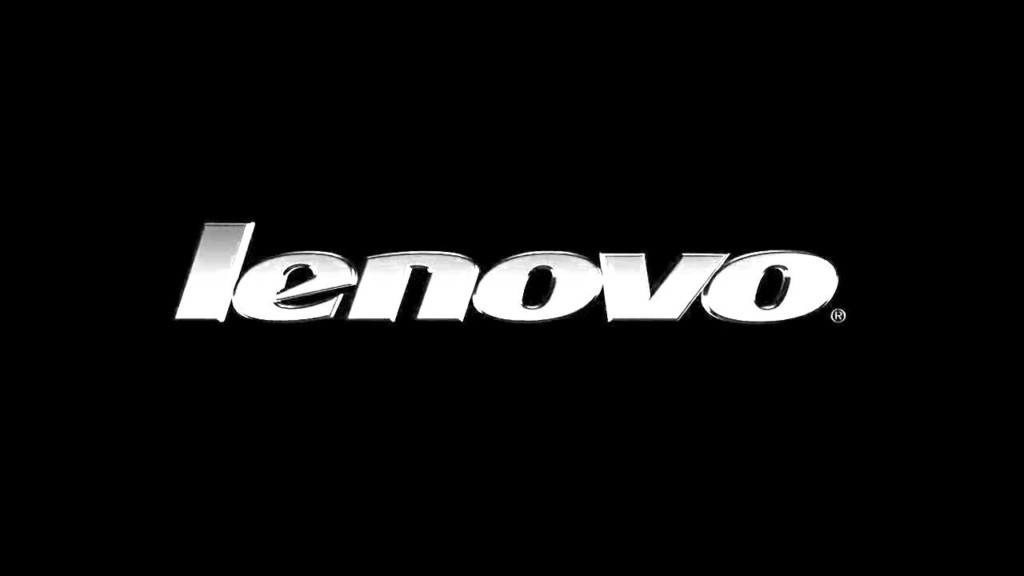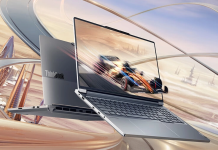Lenovo is hoping to reclaim back its lost position in the smartphone industry. time was when Lenovo was the third-largest smartphone manufacturer globally but the acquisition of Motorola Mobility from Google in 2014 turned out to be a liability instead of an asset for the company. Lenovo recently admitted that they underestimated the amount of effort needed to turn around the fortunes of Motorola, once a vibrant company, when they bought over its assets and liabilities from Google for a staggering $2.9 billion.
Thankfully, the company still ranks as one of the world’s largest PC maker and that arm has been a profitable one for the company. However, the fortunes of its smartphone business continue to worsen as the company spent more on marketing expenses for new products and of purchasing key components at a higher rate. Apart from that, the competition in the smartphone industry has continued to get stiffer especially in Lenovo’s home country China where fierce competition from the likes of OPPO, Vivo, Xiaomi, Gionee and others caused it to fall to the eight spot in global ranking in 2016. Presently, the company does not even occupy the top 10 spots.
The company recently announced that it would be reorganising its China business in a bid to shift the focus to the more lucrative high-end models under the Moto brand. The move would see the brand kill the ZUK brand while still providing support for present models. The company would then focus on just the Lenovo and Moto brands with the Moto brand focused on high-end models. Lenovo’s Chairman Yang Yuanqing threw more light on the move at a recent press conference in Hong Kong.
According to the chairman, the company will be prioritizing mature markets where brands and innovative products are needed while they will continue to provide emerging markets with efficient products. He further hinted that there are now two teams catering for two kinds of markets with different product lines.
Read More: Lenovo Shuts Down ZUK Mobile, ZUK Edge is Last Mobile Phone
The Moto products helped project Lenovo to the second-largest vendor position in Brazil after Samsung. Shipments rose by 56% in Brazil in the first quarter of the year toppling the result it recorded in India in the same period. In China, shipments have declined up to 80% year on year and even on quarter-on-quarter basis, it has dropped up to 55%. The strategy now is to focus on the mature market with the innovative, high-end Moto brand while the Lenovo models would focus on the low-end market. With this strategy, the company believes it has less competition to deal with in the high-end market having just Samsung, Huawei, Apple and others to contend with. The company also disclosed that it will have three more telecom partners in the US this year just as its performance in Western Europe improves as well.








